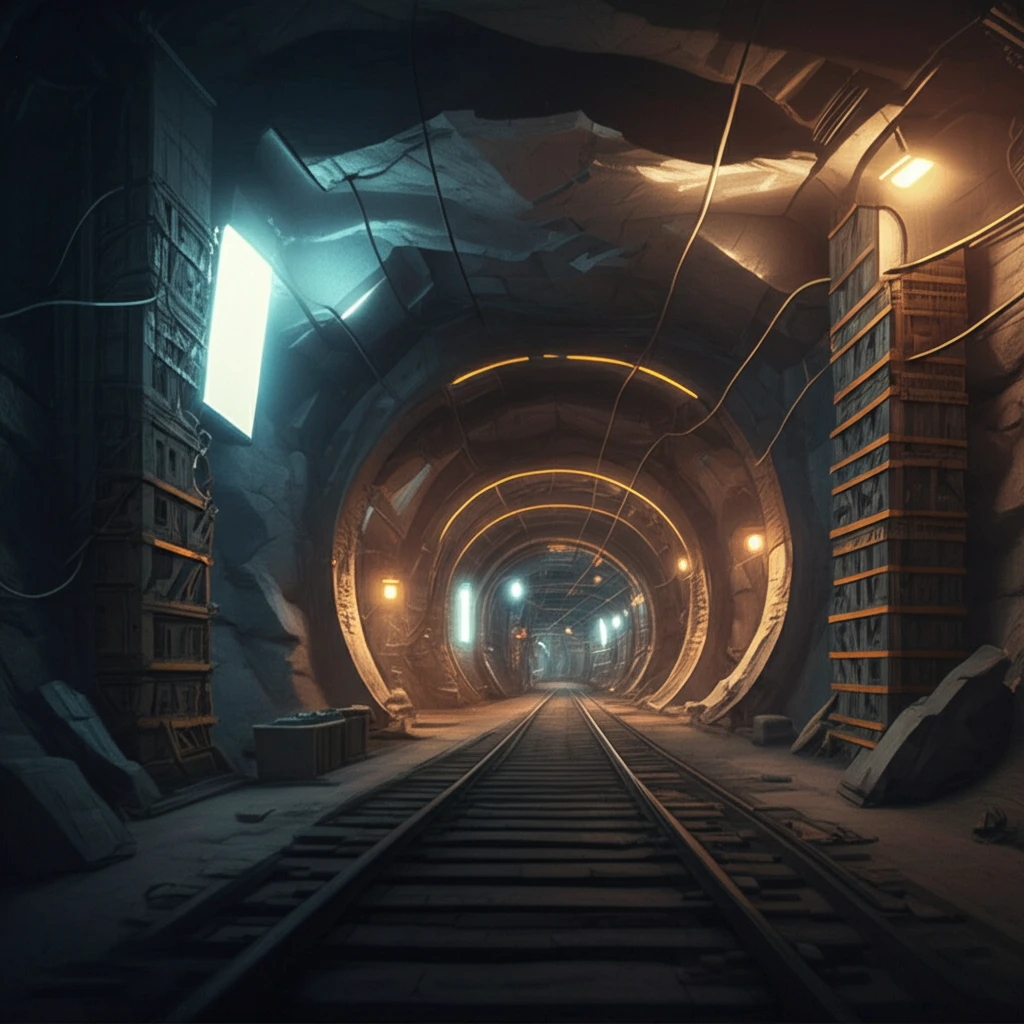
Mine Stability Secrets: How to Prevent Tunnel Collapse
"Discover how understanding strata behavior can protect underground mines and ensure safer, more efficient coal extraction."
Pillarless gob-side entry retaining is a game-changing technique in modern mining, allowing for safer and more efficient longwall advance mining. Imagine tunnels that hold up better, reducing the risk of collapse and improving overall coal recovery. This technology is especially vital in countries like China, where mining operations need to be both productive and safe.
Since the 1950s, China has been at the forefront of gob-side entry retaining research, continuously refining methods to reduce roadway drivage ratios, minimize superseding contraction, and boost coal-recovery rates. The goal? To create mining environments that are not only more productive but also significantly safer for workers.
One of the biggest challenges in mining is managing the pressure exerted by the earth around underground tunnels. Understanding how overlying strata (the layers of rock above the coal seam) behave and collapse is crucial. Recent research focuses on how these collapses affect the stability of gob-side entries, leading to innovative support strategies that can protect these vital underground pathways.
What Causes Mine Instability? Understanding Sequential Overlying Strata Collapse

The key to preventing tunnel collapse lies in understanding gob-area roof rupture movement. Think of it as a domino effect: when one layer of rock collapses, it impacts the layers below, potentially leading to instability. Researchers use physical simulations and theoretical analysis to study how these collapses occur and how they affect gob-side entry retaining.
- Flexure Subsidence: The roof strata bends slightly before fracturing.
- Rotational Subsidence: The strata rotates during the rupture.
- Compressive Subsidence: The strata compresses after the rupture.
Innovative Strategies to Enhance Mine Stability
To combat these challenges, researchers propose a stability control method that includes proactive anchorage support, dynamic strength matching of roadside filling, and auxiliary support during disturbances. This approach aims to reinforce the gob-side entry retaining's surrounding rock, preventing instability and ensuring safer mining operations. By implementing these strategies, mines can better manage the complex forces at play and create a more secure environment for workers.
